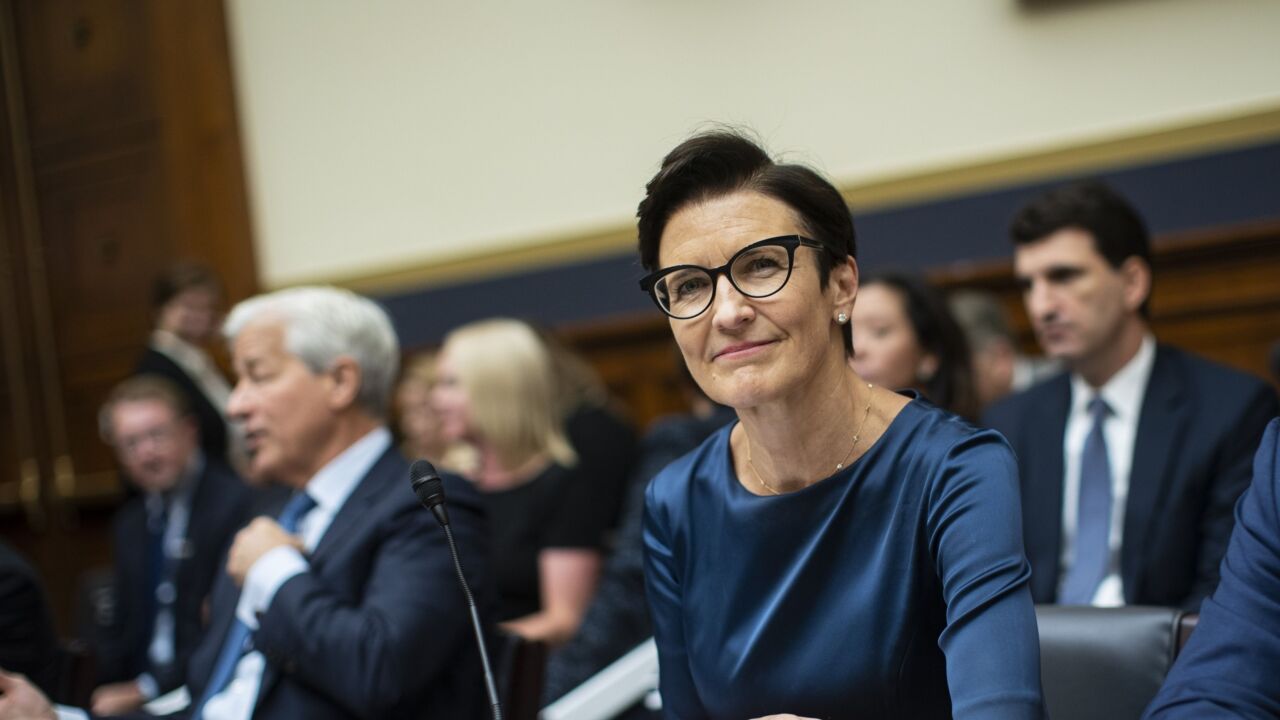Today payment technology firms, fintechs and digital challenger banks are encroaching on the domain that was once ruled by community banks by offering convenience and simplicity that clients covet. That being said, the elements of trust and empathy continue to play an important role.
Challenger banks may be convenient but lose their utility once customers “age out," have more complex needs, or move up the socioeconomic ladder. The narrow target demographic and the inflexibility of digital-only banks is the antithesis of empathetic banking.
Community banks have the opportunity to adopt the methods and techniques of challenger banks without compromising personalized experience by serving clients in a more holistic manner. They can provide services that span all stages of life — from saving up for college to purchasing a home — adapt to changing needs, and be the first bank a client turns to for sophisticated products or in challenging times.
For example, A.P. Giannini famously set up a makeshift bank in San Francisco after the 1906 earthquake, lending to San Franciscans struggling to rebuild. Where other banks saw a credit risk, Giannini saw an opportunity to help his community by providing credit when it was needed most. Today, Giannini’s Bank of Italy is known as Bank of America. Empathizing with the community and positioning the bank as a trusted institution has served it well in the 100+ years since founding.
Fundamentally, prospective clients are looking for financial guidance, a single trusted banking relationship, and a banker that is attuned to their situation and needs. It is from this enviable position that community banks can launch their offensive and strengthen the title of “community anchor.”
So, as a community bank leader, how should you integrate the best elements from your digital challenger counterparts? To start, take a page from the fintech and digital payment startup playbook: segment your target audience more precisely and serve them relevant products. Lean heavily on your understanding of your client but go beyond the standard demographic attributes. As an example, take the following two scenarios that demonstrate high empathy in completely different clientele:
If you service a region where 80% of the residents have pets, pet insurance and financial planning for veterinary care should be incorporated into your holistic banking platform.
If you service an area where your clients are predominantly farmers, providing a trading platform on the commodities market and crop insurance could mean the difference between your clients filing for bankruptcy or surviving a rough crop year.
These are two vastly different market segments that large incumbents or growth-at-all-cost challenger banks are unlikely to service. There is just not a large enough market to provide unconventional products alongside the typical products that support clients through all stages of life. Community banks have the opportunity to step into this void.
Next, use technology to create banking experiences that build trust delivered with modern conveniences. Here’s how:
Deliver services across multiple channels. The stereotype is that older clients prefer in-person or over-the-phone interactions and younger clients prefer digital-first. The truth is, everyone has a different threshold and it depends on each unique situation. Financial decisions can be daunting and often younger clients just need the encouragement of a trusted advisor. Financially savvy older clients may already know what they want and can get it fastest by clicking a few buttons.
Simplify processes. Clients should not be asked to re-enter their information for every new financial product. Make it easy for the client and reinforce the strength of your relationship by only asking for necessary additional information and build on what you already know.
Maintain clean data to be the source of truth for your clients. They are looking to you for guidance.
Provide financial products incrementally. Financial products can be combined, added, and removed as needs change. Unfortunately, most of your clients may not know about these products. Be ready to surface the right products to each unique situation.
Fortunately, existing technology can help with all of these steps. All channels should be available to your clients: online, in person, over the phone. But in the age of COVID, consider new hybrid service delivery methods that preserve the intimate banking experience while protecting your clients and employees. Video banking, real-time text messaging with a banker, or even instant messaging platforms are all tools that can display your adaptability to your clients’ needs.
Use what you already know about a client to pre-fill applications and paperwork. Then figure out where you can eliminate processes or use a paperwork automation tool to automatically generate the correct documents.
More likely than not, you already use a CRM system. At the very least, your core banking system has a record of every client. Build upon your knowledge of each client and keep the records up to date.
Amplify the right message for the target audience in a specific channel. All of the social networks provide the ability for you to precisely target a message to a specific target audience. You can even use the tools to test broader messaging for more traditional channels like TV, radio and print. In addition, online wizards or questionnaire builders can help surface the right products to your clients with just a few simple questions.
While digital banking has grown remarkably fast by reimagining banking with the promise of convenience, community banks have always supported and been a trusted pillar of their community. Community banks that can double down on this position while delivering convenient banking access and providing flexible, holistic, and relevant banking products to their clients will not only survive but thrive.
For a growth-minded community bank, this could be the opportunity to reach a new set of clients and cement your position as a pillar of your community, much like A.P. Giannini did in 1906.





